“You can’t visit Norway without seeing the fjords.”
These words, spoken with both urgency and reverence by locals in Stavanger, stayed with me during my time as a nursing student on a study exchange at Stavanger Hospital.
With barely enough money to explore, I had to stretch every krone while discovering Norway’s breathtaking landscapes, rich culture, and Viking history. Budget was everything for me, so every adventure required a little creativity and a lot of planning.
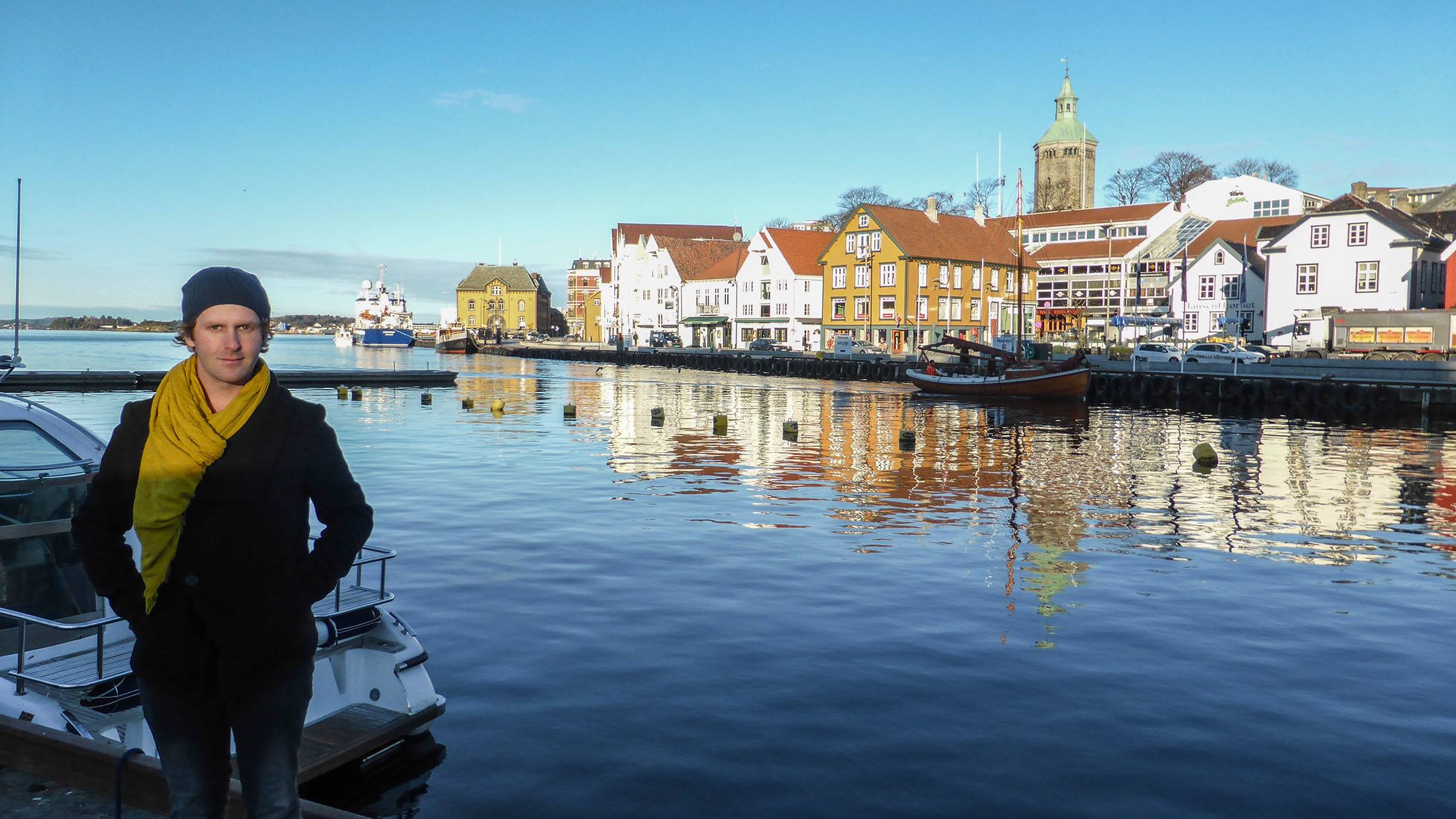
Years later, while living in Germany, my flatmate Marie* took a very different kind of solo journey — spending a month driving her car through Norway, Denmark, and part of Sweden. Her trip was just as budget-conscious, filled with wild camping, outdoor cooking, and hidden gems only accessible by road.
Together, our experiences offer two unique ways to explore Norway on a budget: whether you’re hiking the fjords and navigating public transport or embracing the freedom of a road trip with a car as your home base.
Here’s how we made it work — proving that Norway’s magic is accessible, even when your wallet is feeling light.
*Names and identifying details have been changed to protect her privacy.
Destinations in Norway
Between us, both on separate trips in different years, we explored a range of destinations, from the coastal beauty of Kristiansand to the cultural hubs of Oslo, Stavanger, and Bergen, among other more regional spots.
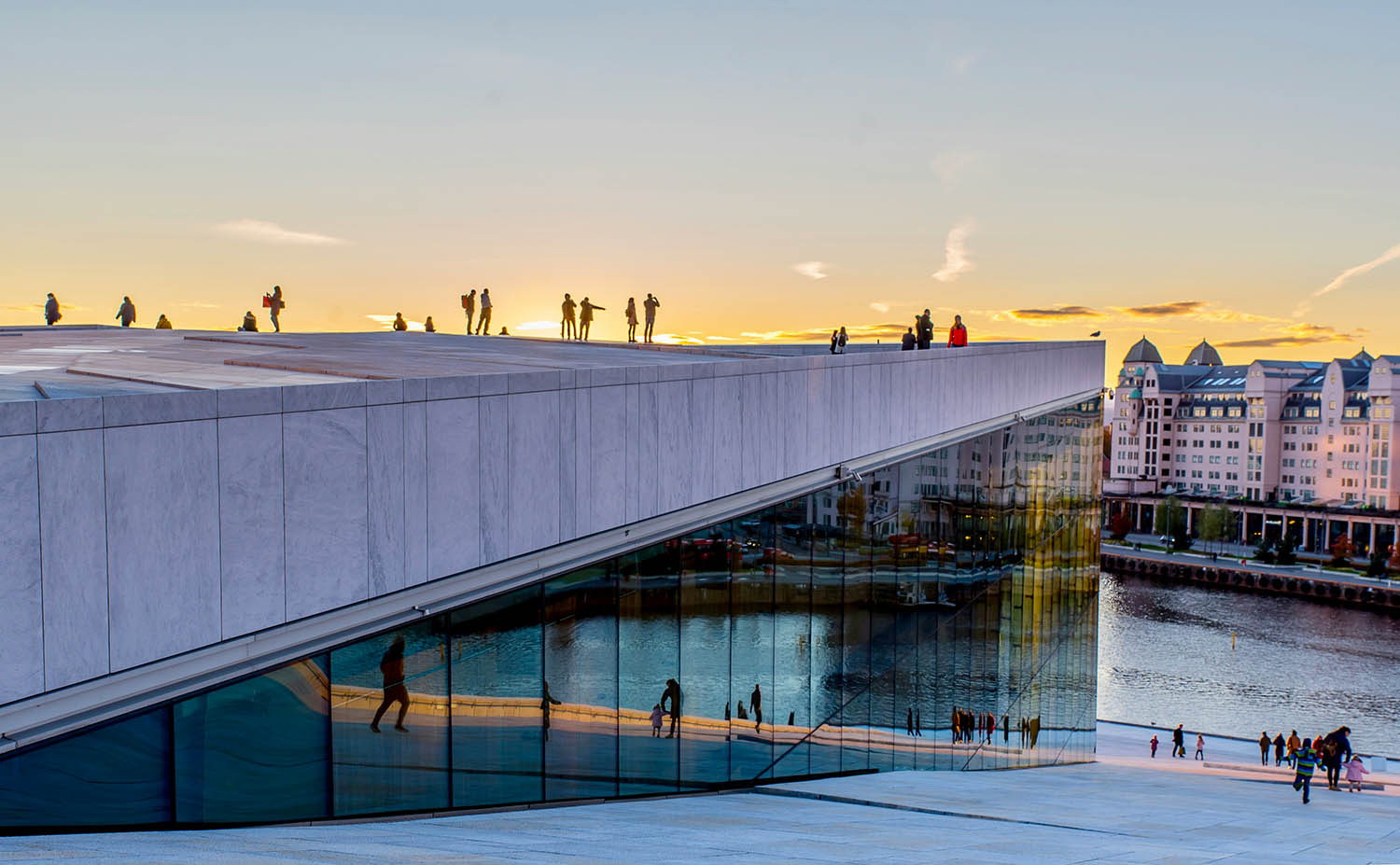
Each place offered its own unique highlights, whether it was hiking trails, iconic fjords, or moments of connection with locals.
Budget Travel Basics: How to Get Around Norway
Norway’s dramatic landscapes, remote towns, and iconic fjords make it a dream destination — but getting around doesn’t have to drain your bank account.
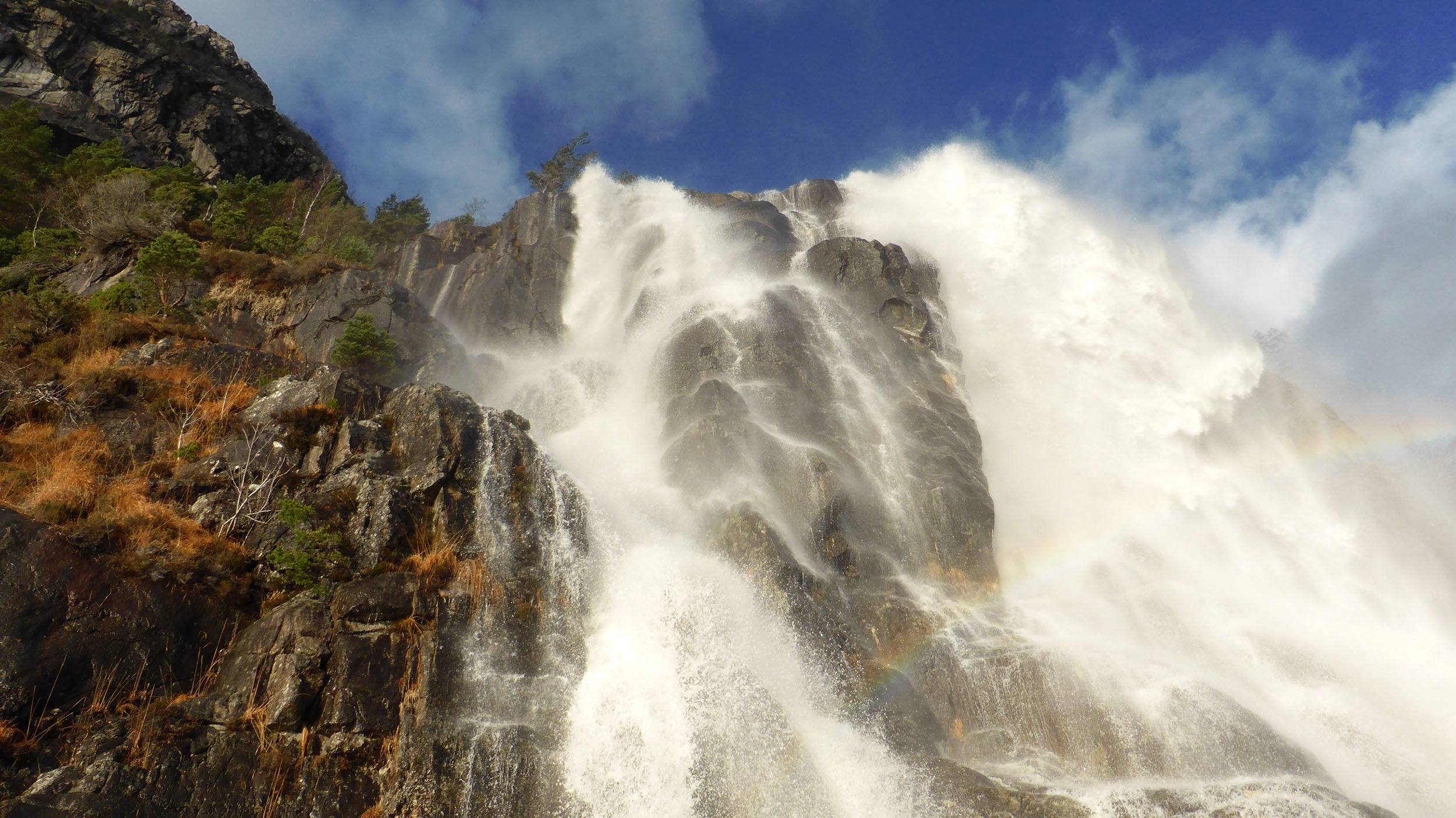
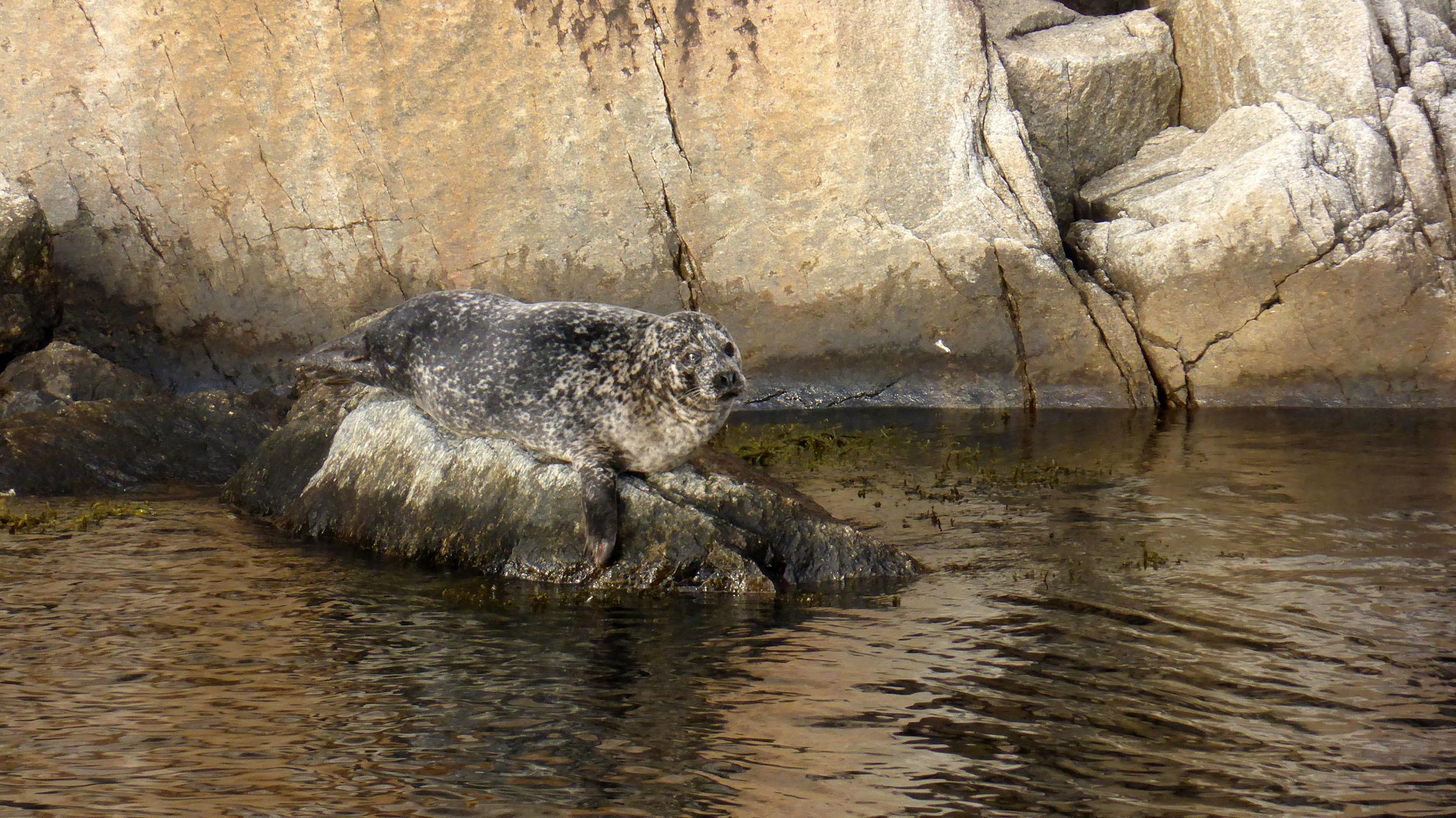
While I relied on public transport and my own two feet to explore Norway’s wonders, my flatmate Marie embarked on a road trip adventure, using her car as a mobile base.
Each approach has its own advantages, and choosing between them depends on your travel style. Here’s a breakdown of what each experience offered.
Public Transport
For my journey, public transport was a lifesaver.

Norway’s trains, buses, and ferries connect destinations with surprising efficiency. This method offered structure and some affordability while giving me opportunities to connect with locals and fellow travellers.
Why It Works for Budget Travellers
- Efficiency and Accessibility: Public transport is somewhat affordable and easy to navigate, especially with regional passes like those offered by Vy.no. Ferries can be used to traverse fjords like Lysefjord, avoiding the hefty price tag of tourist cruises.
- Hiking on a Budget: Hiking trails, such as the famous trek to Preikestolen (Pulpit Rock), are free. Pack your own snacks to save money and soak up stunning views at no extra cost.
- Buses and Ferries: Websites like Vy.no and Kolumbus made it easy to find schedules and discounted tickets. For example, you can use Kolumbus ferries for scenic rides through Lysefjord — experiencing stunning views at a fraction of the cost of tourist cruises.
- Fjord Ferries: Public ferries are a budget-friendly way to explore fjords. These ferries often serve locals, but they deliver the same jaw-dropping views as private tourist boats.
- Regional Train Passes: When travelling long distances (like Stavanger to Oslo), regional passes save you money while letting you relax and soak up the scenery.
- Train Fares (Stavanger to Oslo):
- Standard tickets range from 800–1,200 NOK (~$80–$120 USD). However, advance booking through Vy.no can bring prices down to as low as 249 NOK (~$25 USD) for non-flexible tickets.
My Experience
Public transport helped me feel connected to the people and places I visited.
On one train ride, I struck up a conversation with a local woman who gave me tips about lesser-known budget places to eat in Oslo — something I wouldn’t have discovered on my own.
Challenges
- Limited Flexibility: Public transport schedules are reliable but fixed, which meant I had to plan my days carefully to avoid missing services.
- Lack of Access to Remote Areas: Some secluded locations are harder to reach without a car.
Road Tripping and Wild Camping
Marie’s approach couldn’t have been more different.

Her car provided ultimate freedom, allowing her to set her own schedule and access remote spots that buses couldn’t reach. With equipment in tow, she experienced Norway’s landscapes up close, sleeping under the stars and cooking meals in nature.
Why It Works for Budget Travellers
- Flexibility and Freedom: Marie could explore at her own pace, stopping at off-the-beaten-path locations like quiet beaches that weren’t on public transport routes.
- Wild Camping: Norway’s “Right to Roam” law (Allemannsretten) allows camping almost anywhere for free, provided you respect nature and stay 150 metres from private property. This meant Marie avoided accommodation costs almost altogether.
- Cooking on the Go: With a portable stove and basic groceries, Marie prepared meals outdoors, saving on restaurant bills while enjoying unbeatable views.
- Packing Essentials: Her lightweight sleeping equipment, stove, and cooking supplies were lifesavers. Marie cooked many of her meals outdoors, turning Norway’s wilderness into her personal dining room.
Marie’s Experience
Marie described waking up by the water with only the sound of the lapping water to accompany her morning coffee. For her, the freedom to explore without schedules or restrictions made the trip unforgettable.
Challenges
- Tolls and Fuel Costs: While her car offered freedom, Norway’s toll roads and high fuel prices added up. This can be minimised by researching toll-free routes.
- Norway has many toll roads, and toll fees vary depending on the road. For a long road trip, budget around 500–1,000 NOK (~$50–$100 USD) for tolls. Use AutoPASS to learn about tolls.
- Fuel prices in Norway are among the highest in Europe, costing 22–27 NOK per litre (~$8–$10 USD per gallon). Expect to budget at least 1,500–2,000 NOK (~$140–$190 USD) per week for fuel on a road trip.
- Preparation Required: Wild camping and outdoor cooking required more planning, including packing appropriate gear and learning to camp responsibly in Norway’s rugged environment.
What’s Different?
Both approaches worked perfectly for budget travel, but they offered very different experiences.
- Public Transport: My experience was more structured and social. I relied on buses, ferries, and regional passes, which gave me access to most major fjord towns and hiking trails. However, I missed out on some remote locations.
- It’s perfect if you enjoy structured itineraries, easy access to major towns and popular hiking trails, and opportunities to interact with locals. It’s a great way to travel light while keeping costs low.
- Road Tripping: Marie’s road trip was flexible and immersive. She accessed quiet spots and saved on accommodation by wild camping, but it required more planning and preparation to manage costs like tolls and fuel.
- It’s ideal for independent travellers who love being immersed in nature, don’t mind a bit of prep, and want to maximise flexibility while avoiding accommodation costs.
Which One’s Right for You? It depends on your travel style. If you prefer convenience and meeting locals, stick with public transport. If you love independence and nature, consider the freedom of a car. Both approaches prove that Norway can be explored on a budget — no matter how you travel.
Affordable Ways to Experience the Fjords
Exploring Norway’s fjords doesn’t have to cost a fortune. Marie’s road trip gave her the freedom to stop at quiet spots and camp beside the water, while my hikes allowed me to connect with nature at a slower, more deliberate pace.

Whether you’re travelling by car or public transport, there are plenty of budget-friendly ways to experience these iconic landscapes.
Hiking to Preikestolen (Pulpit Rock)
- Public Transport: From Stavanger city centre, take an express bus to Preikestolen Mountain Lodge, the starting point for the hike. The combined round-trip costs around 550 NOK ($50 USD), making it a reasonably priced adventure.
- Once there, the hike itself is free, offering stunning views over Lysefjord.
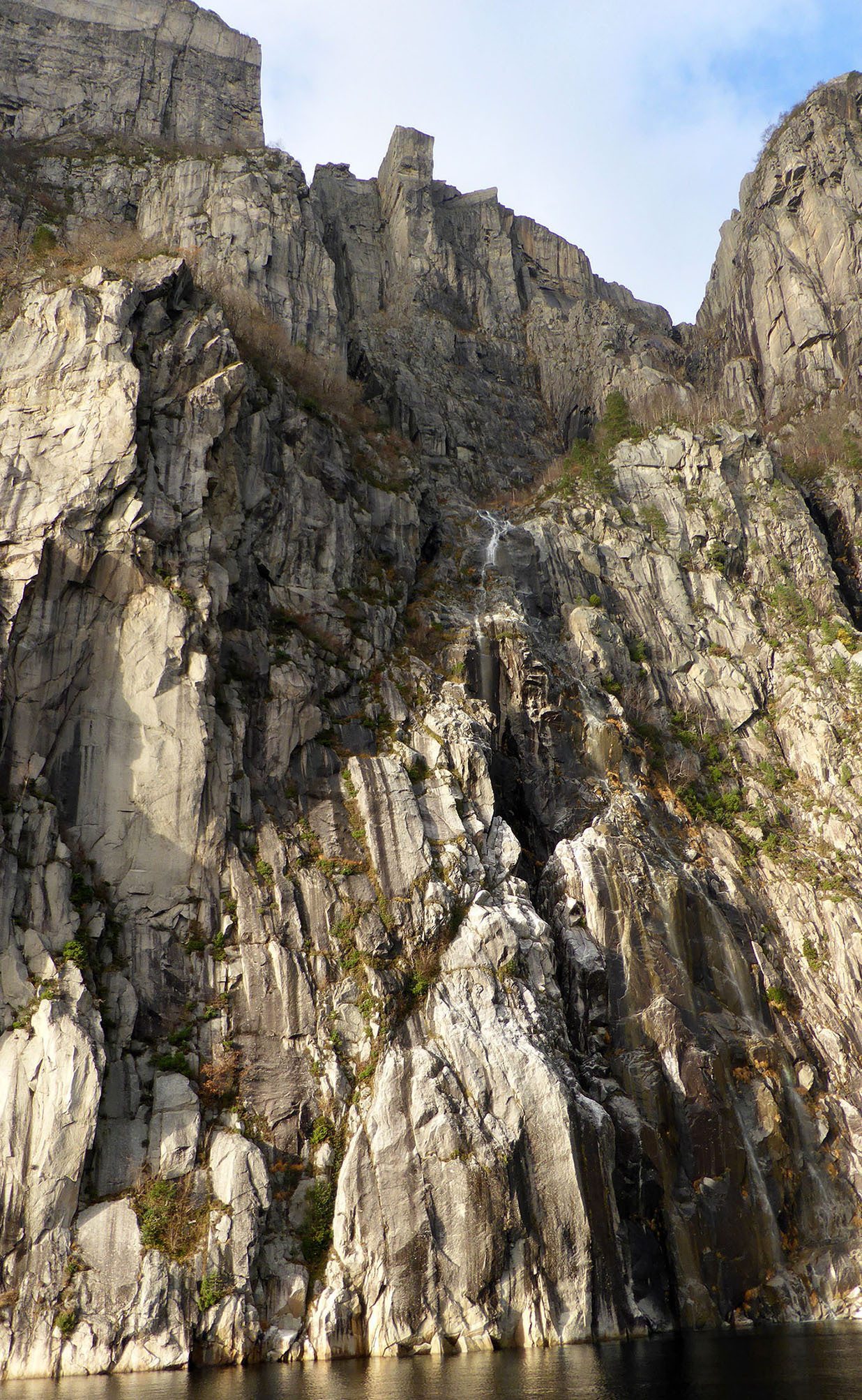
- Road Trip Option: Drive directly to the trailhead, saving on ferry and shuttle costs. With a car that’s stocked up on snacks, there’s no need to buy overpriced food along the way.
- From Stavanger, take the Ryfast Tunnel (road 13). Once in Tau, continue along road 523 to Preikestolen. Watch for signs and take the exit to the parking lot.
Free Viewpoints
- For Drivers: Marie found off-the-beaten-path fjord-side parking spots where she could camp and enjoy the views without a single tourist in sight.
- Scenic viewpoints like Ørnesvingen (Eagle’s Bend) and Stegastein (both north of Bergen) are accessible via short hikes from main roads. Enjoy breathtaking vistas without spending a cent (aside from fuel and tolls of course).
Local Ferries
- Instead of booking expensive tourist cruises, use local ferries like those operated by Kolumbus. These ferries serve as public transport for residents but also offer the same jaw-dropping views as luxury cruises — for a fraction of the price.
- Kolumbus Ferry (Lysefjord): A round trip costs approximately 200 NOK (~$20 USD), cheaper than tourist-focused fjord cruises.
- Fjord ferries like the ones in Geirangerfjord are priced similarly, but longer scenic routes may cost around 250–400 NOK (~$25–$40 USD).
Food on a Budget: Cooking vs. Convenience
Eating well in Norway doesn’t have to come with a high price tag. For Marie, her car doubled as a mobile kitchen, and outdoor cooking became a way to stay on budget while savouring Norway’s natural beauty.
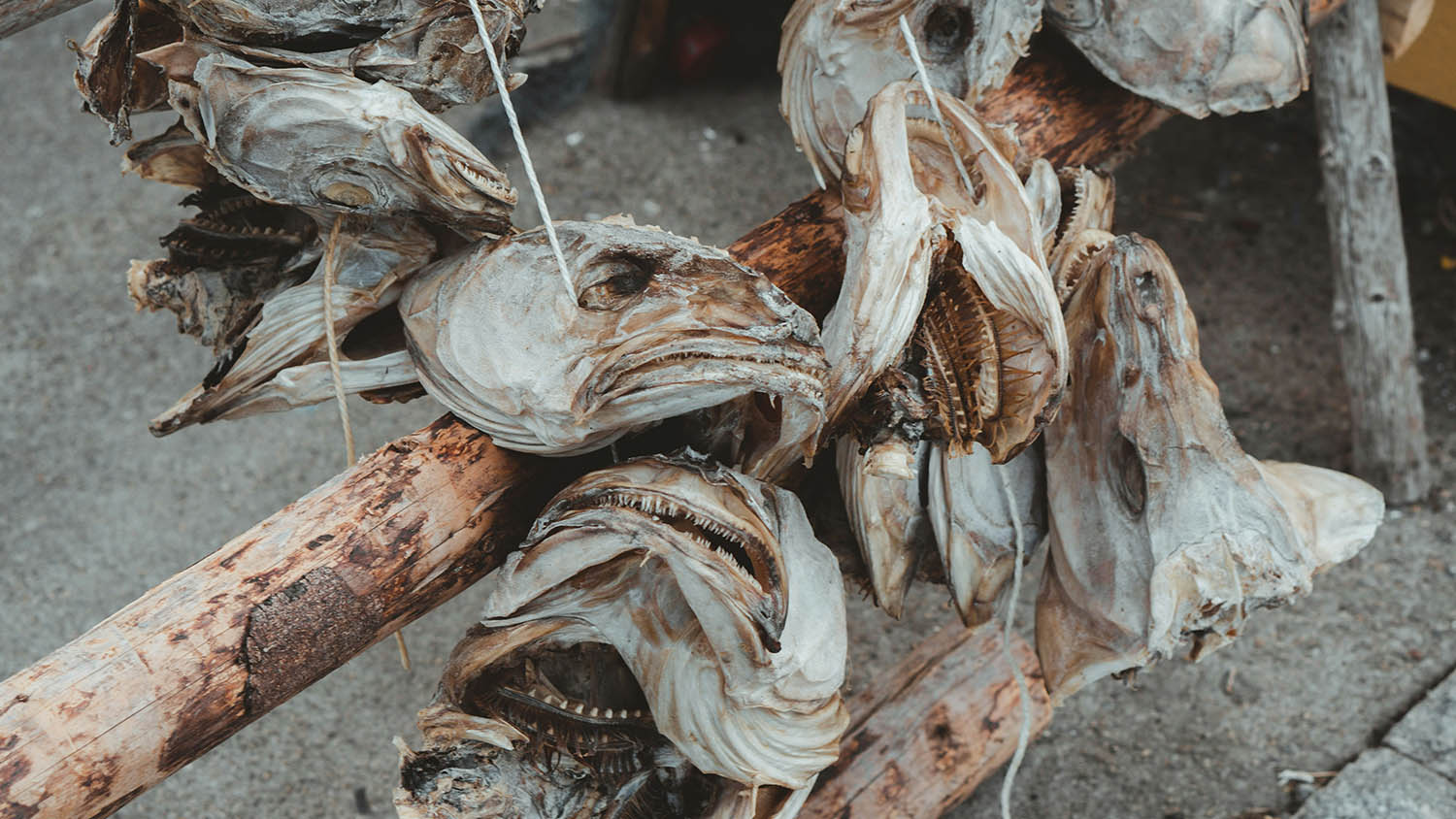
I, on the other hand, embraced the simplicity of grocery stores, bakeries, and affordable cafes to fuel my travels. Both approaches worked perfectly for their respective journeys, proving that eating in Norway on a budget is entirely doable.
Eating Affordably in Norway
Cooking Outdoors
Marie's portable kitchen gave her freedom. With a small stove, pots, and basic ingredients packed in her car, she turned Norway’s landscapes into her dining room. Some of the best meals on a road trip through Norway are simple yet satisfying — like fresh fish grilled by a fjord, paired with locally sourced potatoes from a market in Bergen (just one of many possibilities).

Norway’s produce is fresh and high-quality, but it’s not cheap if you don’t plan ahead. A tip? Shop at supermarkets for basics like rice, bread, and vegetables. In fishing towns like Ålesund or Tromsø, you can find local markets selling affordable seafood that you can cook on the go.
For many road trippers, these meals aren’t just about saving money — they become part of the experience. Brewing coffee early in the morning while camping near the water can be a simple yet wonderfully peaceful moment.
Marie spent 100–150 NOK (~$10–$15 USD) per day on groceries for simple meals while wild camping.
Ready-Made Meals
Without access to a kitchen, I relied on grocery stores for budget-friendly meals. Chains like Rema 1000 and Kiwi offered everything I needed — fresh bread, pre-made salads, and sandwiches. A loaf of bread and a block of Norwegian brunost (brown cheese) often became my lunch.

These meals were quick, somewhat affordable, and perfect for someone on the move. It was easy to grab something and enjoy it on a park bench or while sitting by the water.
Here are some typical prices you can expect to see at supermarkets (note that prices fluctuate):
- Rema 1000, Kiwi, or Coop:
- Bread: 20–30 NOK (~$2–$3 USD)
- Pre-made sandwiches: 40–60 NOK (~$4–$6 USD)
- Ready-made salads: 60–80 NOK (~$6–$8 USD)
- Fresh produce (e.g., apples, carrots): 20–30 NOK (~$2–$3 USD) per kilogram
- Brunost (Brown Cheese): 50–80 NOK (~$5–$8 USD) per block.
- Lefse (Flatbread): 30–50 NOK (~$3–$5 USD) for a packet.
Bakeries and Street Food
Norway’s bakeries are a hidden gem for budget-conscious travellers. The smell of fresh pastries was impossible to resist, and they often became a go-to for a quick snack.
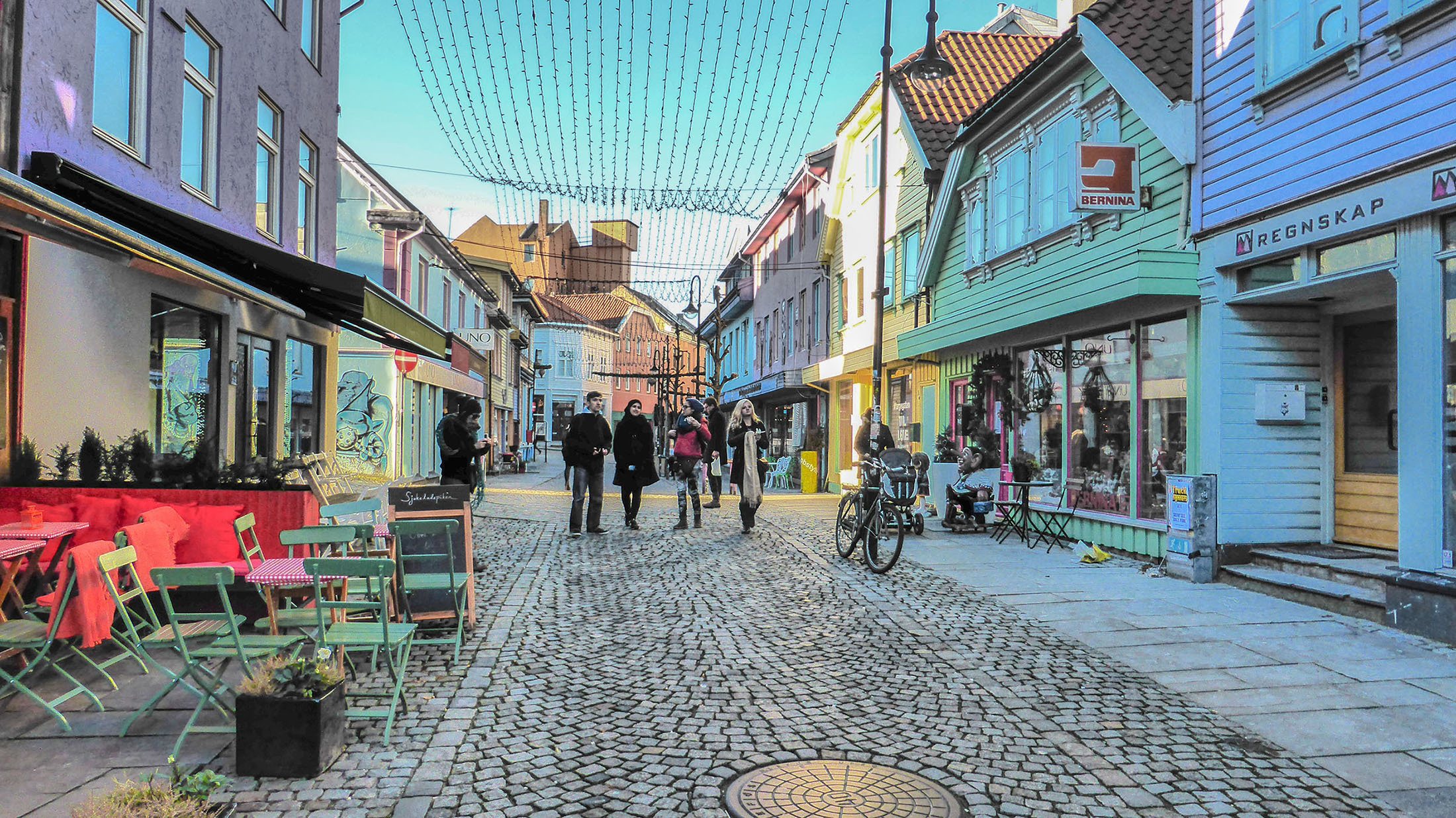
- Hotdogs (Pølse): Welcome to Norway’s love for hotdogs, available at almost every convenience store. For just a few kroner (30–50 NOK, ~$3–$5 USD), they were an affordable and quintessentially Norwegian treat.
- Pastries: I couldn’t get enough of the buttery, flaky kanelboller (cinnamon buns), which were delicious and relatively inexpensive (30–50 NOK, ~$3–$5 USD). Bakeries became my haven on chilly mornings, where I could enjoy something warm without spending much.
Key Takeaways
- Cooking Outdoors: Ideal for road trippers like Marie, outdoor cooking can save a significant amount of money and turn meal prep into an experience. Packing the right gear and shopping smartly at local supermarkets is key.
- Grocery Stores: For travellers without a kitchen (like me), grocery stores are a lifesaver. Pre-made meals and fresh bread are somewhat affordable, convenient, and perfect for eating on the go.
- Bakeries and affordable cafes: Affordable treats like pastries and pølse are a must-try and add a touch of local flavour to your budget-friendly dining.
Whether you’re brewing coffee in the wilderness or grabbing a pastry in town, eating in Norway can be as affordable — or as memorable — as you make it.
What’s your ideal meal on the road? Cooking by a fjord or munching on a kanelbolle by the water?
Accommodation on a Budget: Hostels vs. Wild Camping
Staying overnight in Norway can seem daunting for budget travellers, but it doesn’t have to break the bank. I leaned on hostels for affordable, convenient stays that allowed me to connect with other travellers, while Marie fully embraced the freedom of wild camping, turning Norway’s natural beauty into her personal accommodation.
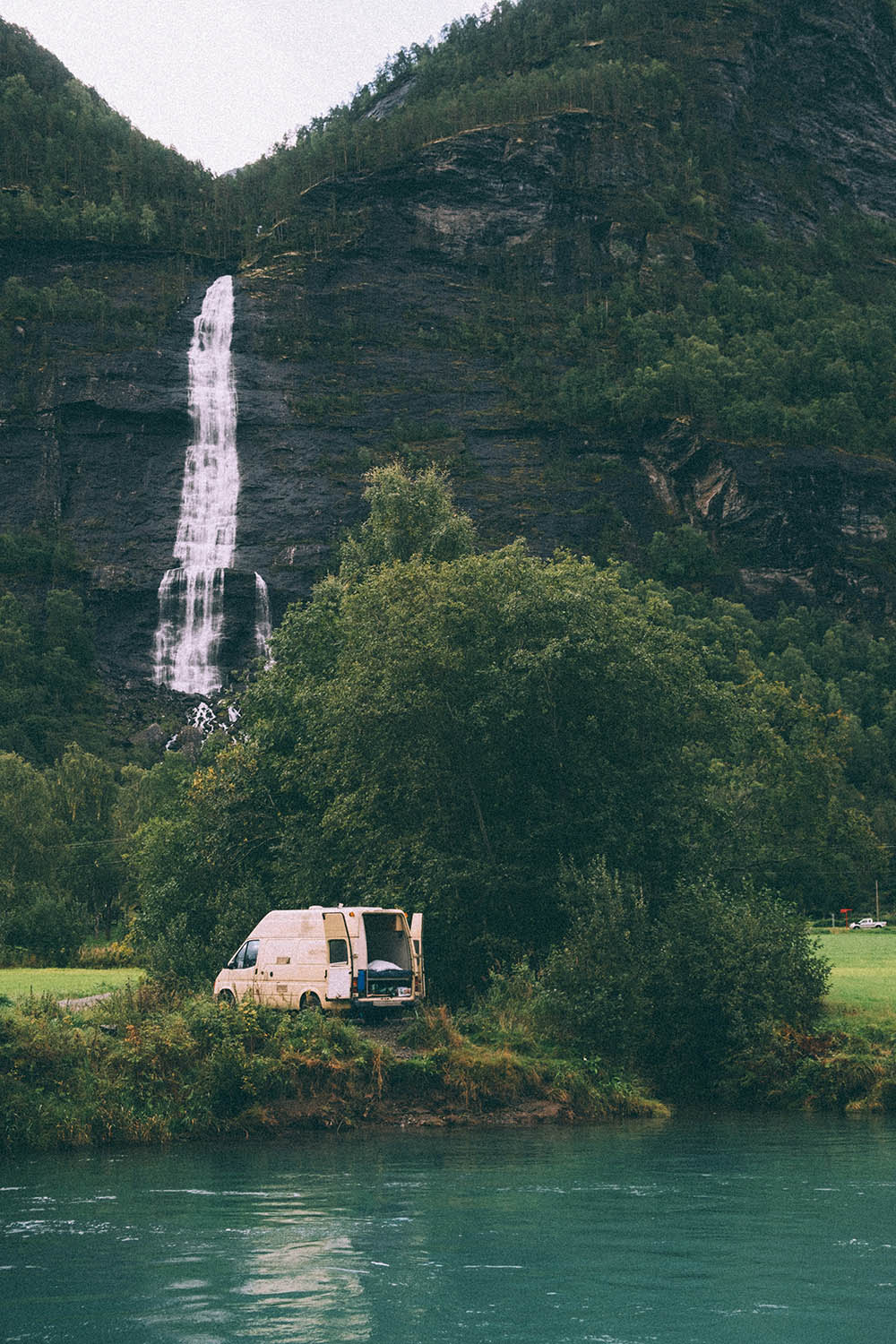
Whether you prefer the social vibe of hostels or the solitude of camping, there’s a budget-friendly option for everyone.
Accommodation Tips
Hostels: Nearly Affordable and Social
During my time in Norway, hostels became my go-to option.
- Stavanger St. Svithun Hotel, Stavanger: This place was a lifesaver during my stay in Stavanger. It was clean, centrally located (attached to the hospital where I was doing my student nurse placement), but not as budget-friendly as I would have liked. Now, there’s no dorm room, only privates.
- Central Economic Stavanger Brødregata, Stavanger: This hostel is a budget-friendly accommodation option ideally located in the heart of Stavanger. With its proximity to key attractions like the Stavanger Maritime Museum (700m) and Godalen Beach (2.3km), it’s perfect for budget solo travellers looking to explore the city without breaking the bank.
- Bergen Hostel Montana, Bergen: Bergen Hostel Montana is a fantastic choice for solo travellers exploring Norway on a budget. Perched on the hillside of Mount Ulriken, just 3.6 km from Bergen City Centre, the hostel offers easy access to the city via public transport and is a gateway to scenic hiking trails right outside its doors.
- Bunks at Rode, Oslo: Bunks at Rode is a casual and affordable spot for solo travellers exploring Oslo on a budget. With free Wi-Fi, a shared lounge, and a terrace, it’s a great base for connecting with fellow travellers and relaxing after a day in the city. Conveniently located near top attractions like the Munch Museum and Rockefeller Music Hall, it’s within easy reach of Oslo’s cultural hotspots and transport hubs.
Wild Camping: Freedom and Solitude
Marie, on the other hand, immersed herself in nature. Thanks to Norway’s Right to Roam law, as already mentioned, she could pitch her tent almost anywhere, provided she respected the environment and stayed at least 150 metres from private property.
- Essentials for Wild Camping: Marie carried essentials, as outlined earlier, which allowed her to camp comfortably. She followed Leave No Trace principles to ensure her impact on the environment was minimal.
- Campgrounds: Paid campgrounds offer facilities like showers and kitchens, costing 200-300 NOK (~$18–$27 USD) per night for a tent pitch.
Couchsurfing: Connect with Locals
For those looking to save even more or add a cultural touch to their trip, Couchsurfing is another great (free) option. It’s an excellent way to meet locals and gain insight into Norwegian life.
Key Takeaways
- Hostels: Perfect for budget-conscious travellers who enjoy meeting others and having access to amenities like kitchens (where available). They’re best for those exploring cities or major towns.
- Wild Camping: Ideal for adventurous travellers like Marie who crave solitude, flexibility, and a deep connection to nature. It’s a great way to save money while experiencing Norway’s wilderness up close.
- Couchsurfing: A fantastic way to connect with locals and save on accommodation, though it requires some planning and a bit of trust.
Whether you’re chatting with fellow travellers over dinner in a hostel or waking up to a sunrise by a fjord, budget accommodation in Norway doesn’t have to feel like a compromise — it can be part of the adventure itself.
What’s your style: a bustling shared dorm or the peaceful silence of the wilderness?
Cultural Immersion Without Overspending
Experiencing Norway’s culture doesn’t have to come with a hefty price tag.
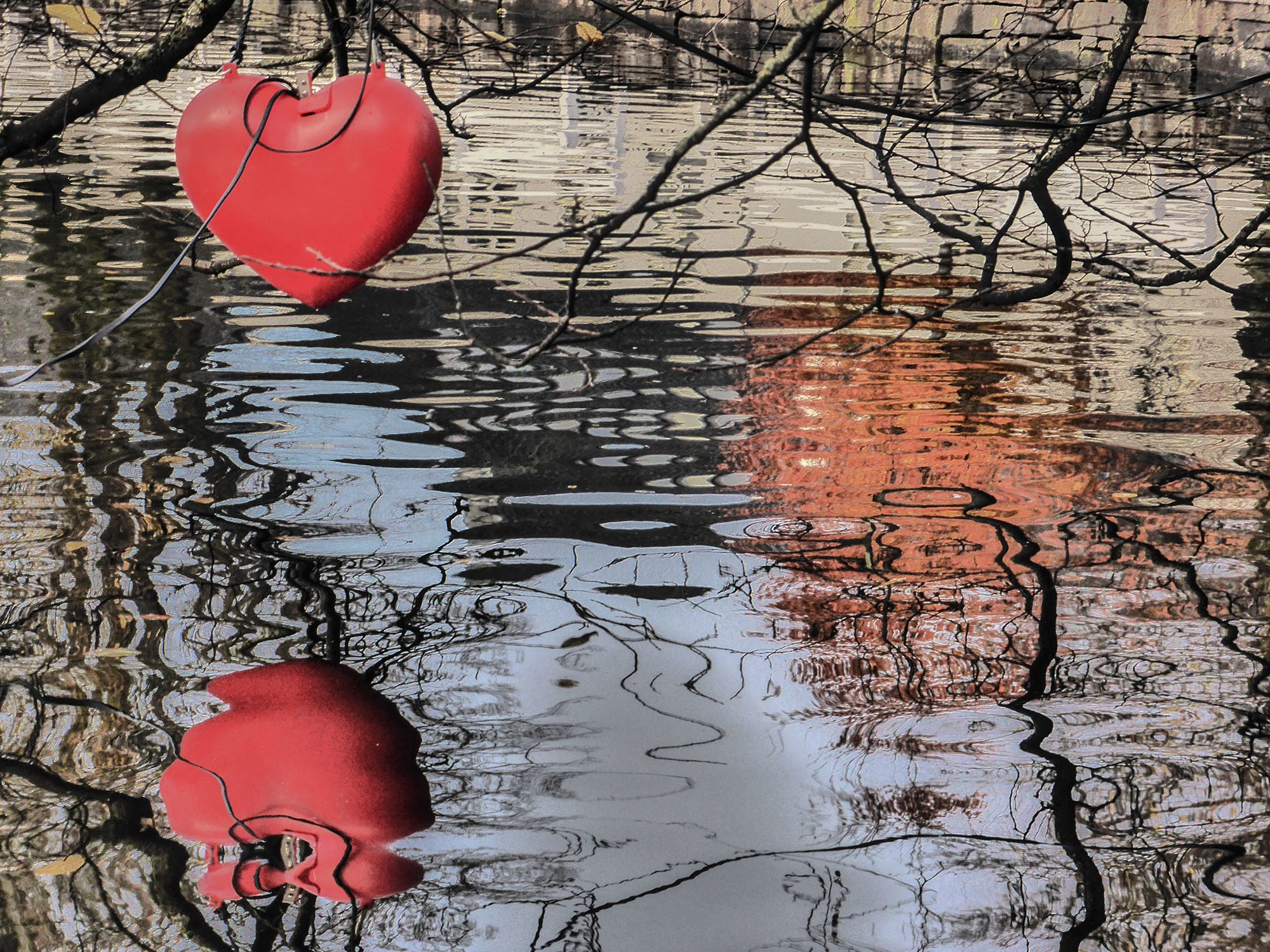
Both Marie and I found ways to connect with the country’s rich traditions and history without overspending.
Marie’s Highlights
Exploring Smaller Towns
Marie’s road trip gave her access to smaller towns like, where she could experience Norway’s quieter side.
These places have fewer tourists, which make it easier to slow down and soak in the local atmosphere. Stopping at small cafés, bakeries or even public squares along the way gives road trippers a chance to observe meaningful local traditions, from outdoor gatherings to local crafts.
Nature as Culture
For Marie and road trippers like her, much cultural immersion comes from being surrounded by nature, which is such a vital part of Norwegian life.
This style of travel helps you notice the reverence for friluftsliv (open-air living). Camping wild gave her a sense of how deeply connected people can be to the land.
My Highlights
Engaging with Locals
Outside the hospital where I was doing my student nurse placement, I made an effort to connect with people wherever I went.
Bakeries became my favourite places to strike up conversations, often over a warm cinnamon bun. One memorable encounter was with a baker in Stavanger who explained the history of brunost (brown cheese) and how it’s still a staple in Norwegian homes today.
Affordable Museums
I leaned on museums to dive into Norway’s history and culture.
The IDDIS – Norwegian Printing Museum and Norwegian Canning Museum in Stavanger stands out, offering insight into the city's industrial heritage. The 150 NOK (~$14 USD) ticket is well worth it for the interactive exhibits and engaging activities.
Cultural Moments While Exploring
While out and about, I noticed how Norwegians live with an understated warmth.
People were polite and reserved but genuinely helpful when approached. For example, when I got turned around on a hiking trail, a local not only pointed me in the right direction but shared a bit about the trail’s history. These small moments of connection were some of the most meaningful parts of my journey.
Understanding Norway’s Culture and History
While Norway’s fjords are the country’s most iconic feature, its culture and history add a deeper layer to any journey.
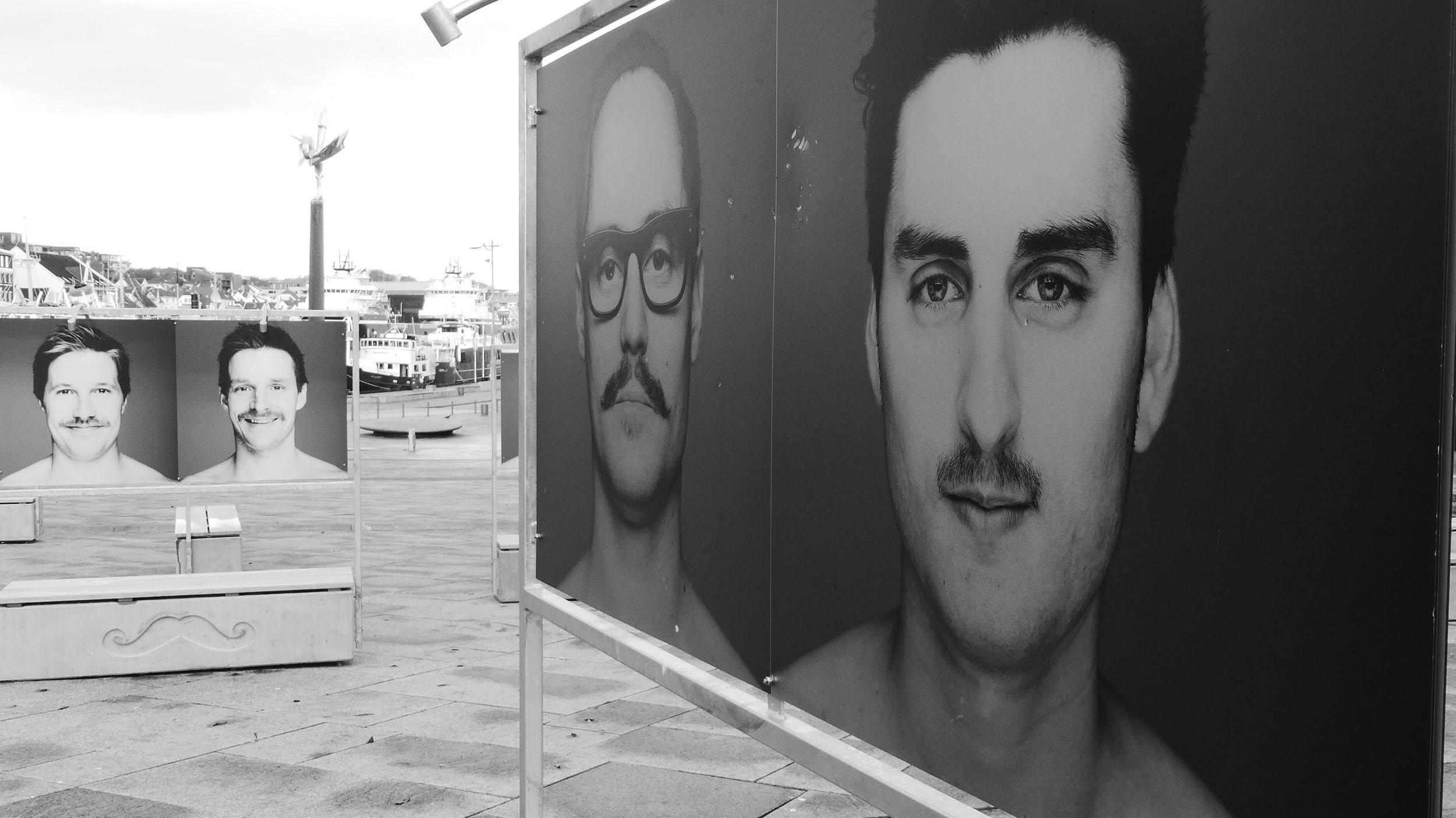
As I explored the streets, museums, and even hospital hallways during my time in Stavanger, I saw how Norway’s story of resilience and rediscovery is intertwined with its Viking past, centuries of struggle, and modern transformation.
The Vikings and Norway’s Search for Identity
For many, Norway conjures images of fearless Viking warriors — famed for their explorations and seafaring dominance. While their legacy has become a symbol of Norway’s strength and ingenuity, the Vikings are just one chapter of the country’s complex history.
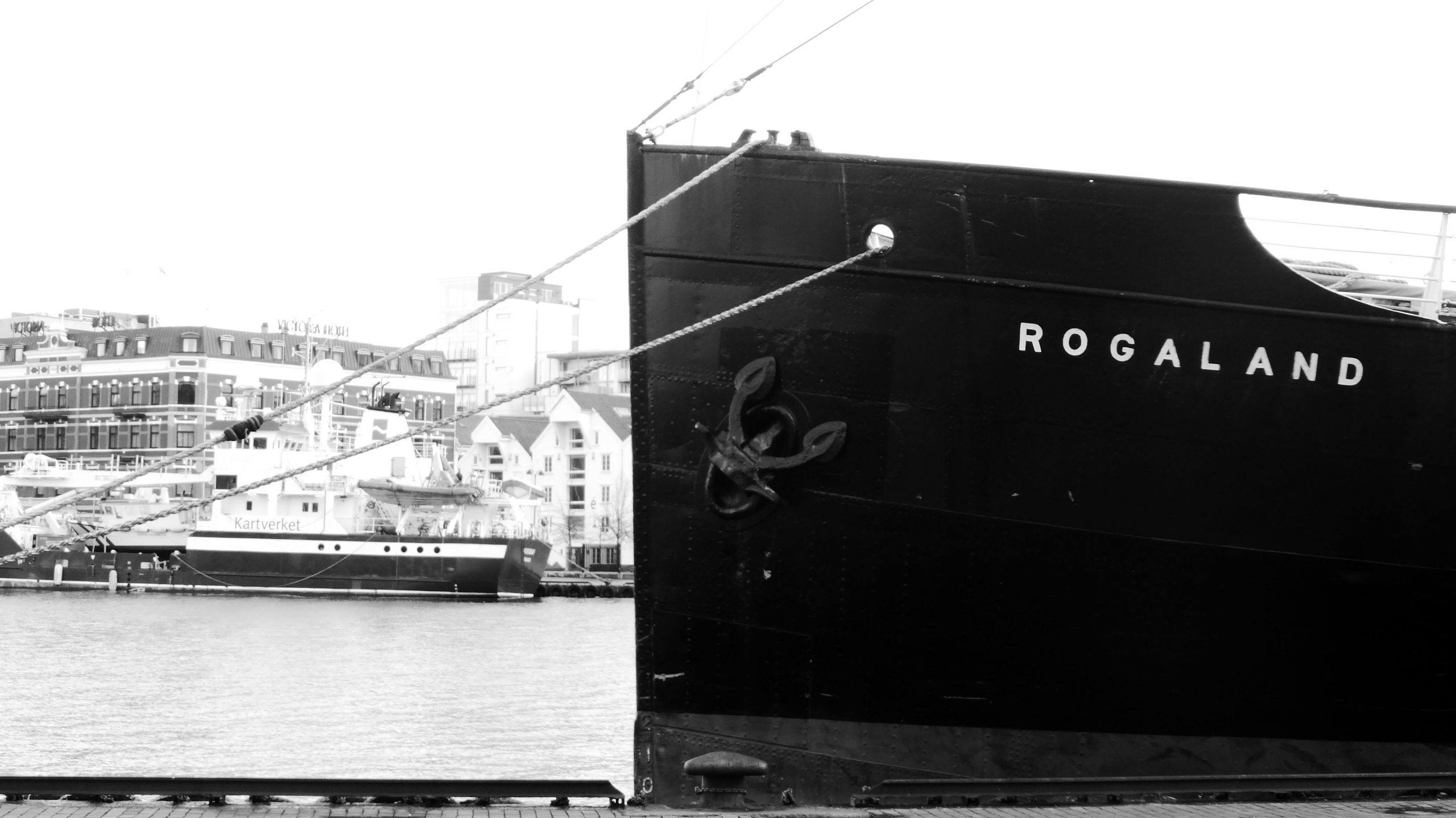
After the Viking age, Norway endured centuries of foreign rule under Denmark and Sweden, a period that left Norwegians searching for a sense of cultural identity. It wasn’t until the 20th century, with the discovery of offshore oil, that the country reclaimed its economic independence.
Yet, throughout its challenges, Norway has retained a quiet strength and an enduring connection to its land — values that trace back to its Viking heritage.
As I learned through conversations with locals and visits to sites, this connection to the past continues to shape modern Norway, whether in its maritime traditions, sustainable practices, or understated yet resilient character.
Key Cultural Experiences on a Budget
Norway through a cultural lens can be experienced without stretching your budget. Here are some ways to immerse yourself in the country’s story.
1. Learn the Viking Story
If you’re fascinated by the Viking era, Oslo is the place to start. The Museum of Cultural History (195 NOK, ~$17 USD) showcases fascinating Viking artefacts, while the Viking Ship Museum (250 NOK, ~$22 USD) houses remarkably preserved seafaring vessels that offer a glimpse into the life of these legendary explorers.
Both provide an affordable way to dive into this key chapter of Norway’s history.
2. Modern Norway’s Transformation
During my time in Stavanger, the Norwegian Petroleum Museum (140 NOK, ~$13 USD) stood out as one of the most eye-opening experiences. It’s a showcase of how oil industry revolutionised Norway’s economy and reshaped its global standing.
3. Free Historical Sites
Not every cultural experience needs a ticket. I loved wandering through Akershus Fortress in Oslo, a medieval castle perched above the Oslofjord. It’s free to visit and rich with stories of Norway’s resilience through centuries of upheaval.
Similarly, walking around Vigeland Sculpture Park in Oslo offers a unique way to experience Norway’s artistic heritage without spending a kroner.
Staying Connected and Safe: Practical Tips for Travellers
While Norway is one of the safest countries in the world, being prepared with the right tools and knowledge can make your trip smoother and stress-free.
Staying Connected on a Budget
- SIM Cards for Travellers: If you’re doing a road trip, as did Marie, consider a prepaid SIM card from Telenor, which comes with affordable data plans that are essential for route planning and navigation.
- Wi-Fi Access: I relied on free Wi-Fi in hostels, cafés, and public spaces like libraries. While exploring cities, I used offline maps that I had downloaded ahead of time, which helped save on data costs.
- Apps to Download:
Safety Tips for Solo Travellers
Hiking Solo
- Always share your hiking plans with someone — whether it’s a hostel staff member or a friend back home. I made sure to check weather forecasts and carried layers to prepare for sudden changes in temperature.
- Stick to marked trails, and avoid taking unnecessary risks, especially in remote areas.
Driving Tips for Road Trips
- If you’re driving, as Marie was, carry emergency supplies in your car, including water, snacks, and a flashlight. A paper map serves as a backup when mobile coverage is patchy.
- Plan fuel stops in advance, especially when driving through less-populated regions, where fuel stations can be few and far between.
General Safety: Norway is incredibly safe, but it’s always smart to keep your valuables secure, especially in busy tourist areas. I used a small daypack that I carry across my chest in crowded areas.
Best Time to Visit Norway on a Budget
Timing your trip can make a significant difference when it comes to saving money and avoiding the crowds. Marie and I travelled during different seasons, but we both found ways to enjoy Norway without breaking the bank.
When to Go
Spring (May–June)
- This is shoulder season with lower pricing being a huge advantage. Accommodation costs are a little lower, and the fjords are coming alive with spring greenery. The bonus? Fewer tourists mean quieter trails and roads.
Autumn (September–October)
- Fall/autumn is marked by crisp air, golden leaves, and lower rates for hostels and transport. Autumn also feels more relaxed, with locals transitioning out of the summer tourist season. Hiking trails are less crowded, and the golden hues of the landscape add a magical touch to the fjords.
Winter (November–March)
- Winter can be a budget-friendly time to visit for those interested in the northern lights or winter sports. However, note that some hiking trails and fjord ferry routes may be inaccessible due to snow and ice.
Avoiding the High Season
Peak Summer (July–August)
- While the weather is at its warmest and the midnight sun is at its brightest, summer comes with higher prices and crowds. Some road trippers avoid this season entirely, as wild camping spots near fjords can fill up quickly, and gas prices tend to rise.
Key Takeaways
- Spring and Autumn: These are the best times to balance affordability with stunning scenery. Whether you prefer blooming landscapes or fall colours, both seasons are quieter and easier on your wallet.
- Off-Season Bonuses: You’ll enjoy fewer crowds, better prices, and a more relaxed vibe.
Norway on a Budget: Daily Costs Breakdown
Here’s a quick estimate of daily costs for budget travellers in Norway:
- Transportation: 300–400 NOK (~$25–$35 USD)
- Accommodation: 300–600 NOK (~$25–$50 USD) for a hostel or free if wild camping.
- Food: 100–200 NOK ($8–$18 USD) for street food and bakeries.
- Activities: Free to 250 NOK (~$22 USD) for most museums and experiences.
Daily total: 700–1,450 NOK (~$60–$127 USD) for a typical budget-friendly day in Norway.
Conclusion: Exploring Norway on a Budget
Travelling through Norway on a budget isn’t easy, but it’s certainly possible. With its high costs and remote landscapes, planning is key to keeping expenses in check. Having access to a car and camping gear makes the journey much more manageable, offering the flexibility to explore hidden spots and avoid accommodation costs.
Marie’s road trip showed how wild camping and outdoor cooking can unlock Norway’s natural beauty without spending a fortune, while I relied on public transport and hostels to experience the country at a slower pace. Each approach came with its challenges, but both proved that you don’t need a luxury budget to enjoy Norway’s stunning fjords, fascinating history, and unique culture.
While the journey may require compromises — like packing your own food, skipping some tours and activities, and planning your itinerary carefully — Norway’s unforgettable landscapes make it worthwhile. Whether you’re waking up by a fjord after a night of camping or chatting with locals over a pastry, the memories you create will outweigh the effort it takes to make the trip work.
So, if Norway is calling, start planning. With a little flexibility, creativity, and a focus on the essentials, you can experience this remarkable country without breaking the bank.
